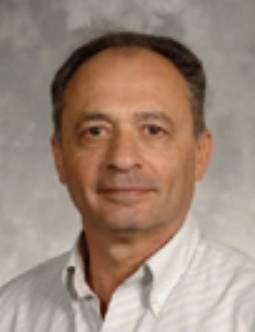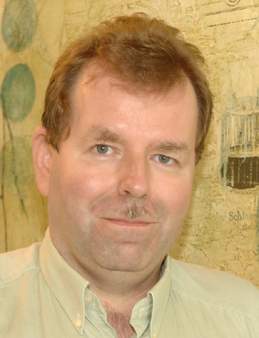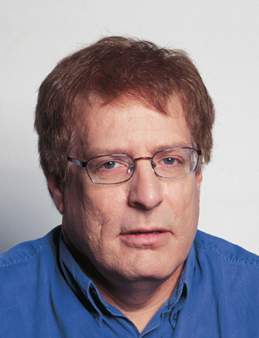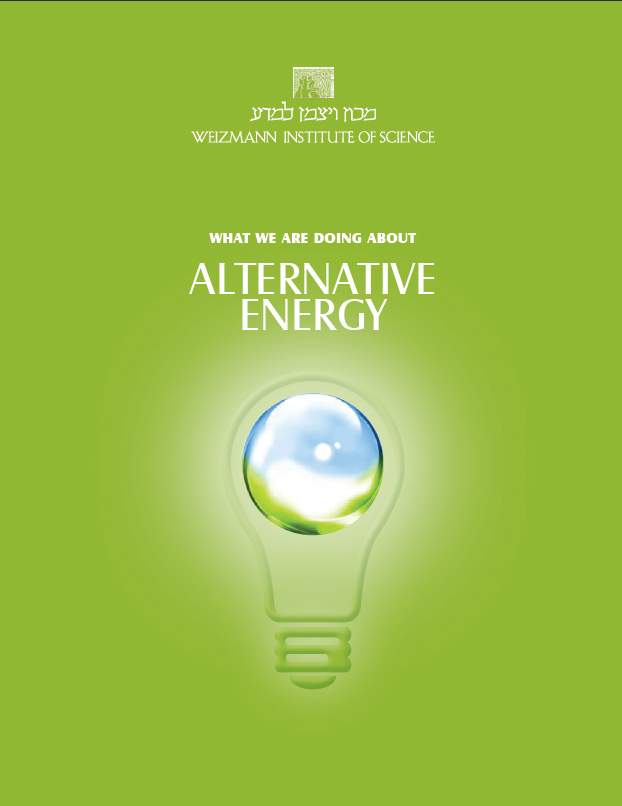


Short-term solutions to CO2 emissions, a main culprit in global warming, include such schemes as burying CO2 from smokestacks deep in the ground (especially in partially empty oil wells) or in the ocean. But many suspect that these fixes, which are largely untried, might be an unwelcome legacy for future generations; in addition, storage space is ultimately limited. Our fossil fuel supplies, which have taken nature millions of years to produce, could run low in a matter of decades. Meanwhile, global CO2 emissions continue to rise, and the Earth’s ability to absorb the excess, through green plants and large bodies of water, lags further and further behind. Weizmann Institute chemists, with support from AERI, are looking for creative ways to turn the one-way street – underground oil extraction at one end and a waste disposal problem at the other – into a sustainable and renewable cycle. They are investigating the possibility of converting captured CO2 back into fuel that could then be used to power cars, ships or planes.
To do this, the scientists must surmount several fairly formidable obstacles: When fuel burns, the resulting chemical reaction releases energy; any method for reversing that process must restore the lost energy – and then some. The trick to creating a carbon-neutral cycle (one that takes as much carbon out of the atmosphere as it adds) is to not only add energy into the process but to employ renewable, non-polluting energy (such as sunlight) for that purpose. Ideally, the end product of this chemical reaction should be only the fuel and such substances as oxygen or water that won’t harm the environment.
Presently the scientists are following several avenues of inquiry into designing new catalysts – the materials facilitating chemical reactions – that will help turn CO2 into such fuels as methanol, using the sun’s energy. The scientists are starting from scratch on this project: Few have attempted to recreate hydrocarbon fuels from CO2 in any kind of continuous, sustainable manner, and none have succeeded. In fact, says Prof. Ronny Neumann, Head of the Institute’s Organic Chemistry Department, the team’s first step has been to review the scant literature on the subject and figure out where others went astray.
Although their task may seem daunting, the Institute team, all members of the Organic Chemistry Department, should be up to the challenge: Between them, Profs. Neumannand David Milstein have many years of experience in creating catalysts for a variety of industrial and scientific chemical reactions. Many of their catalysts have been designed with the aim of making these reactions safer for the environment – by working more efficiently and producing fewer polluting waste products. In fact, Milstein’s research was recently mentioned in Science magazine’s ”breakthroughs of the year” for its contribution to the field of green chemistry. Prof. Gershom (Jan) Martin’s research focuses on catalysis from another angle: He develops computer simulations that reveal various potential catalyst molecules in atomic detail, a sort of ”drawing board” that allows the scientists to design and test different molecules on-screen in conjunction with lab experiments.
The scientists plan to explore several means of producing carbon-based fuel. Hydrocarbon molecules such as methanol are made of carbon atoms chemically bound to hydrogen. The chemical process to create the hydrocarbons must remove the oxygen from the CO2 molecule and force the remaining carbon atoms to bond with hydrogen. This is a multistep procedure, and the scientists are researching various routes to the end product, which should be only hydrocarbon fuel and oxygen. The team also intends, in the future, to investigate the possibility of using CO2 to produce hydrogen for fuel cells. In this case, only one oxygen atom will be split off from the CO2 molecules, creating CO. In a separate reaction, the CO will undergo a chemical reaction with water (H2O), producing hydrogen.
So far the scientists have seen some signs indicating they’re on a promising path, but Neumann cautions that the journey before them is likely to be quite a long one. Creating the technology to generate new fuels from the waste products of the old ones may require years of hard work and basic research. The research just beginning in the Weizmann Institute labs is a true investment in the future.
Prof. Gershom Martin’s research is supported by the Helen and Martin Kimmel Center for Molecular Design; and the Wolgin Prize for Scientific Excellence. Prof. Martin is the incumbent of the Margaret Thatcher Chair of Chemistry.
Prof. David Milstein’s research is supported by the Helen and Martin Kimmel Center for Molecular Design. Prof. Milstein is the incumbent of the Israel Matz Professorial Chair of Organic Chemistry.
Prof. Ronny Neumann’s research is supported by the Helen and Martin Kimmel Center for Molecular Design; Mr. Peter Cohn, New York, NY; and Mr. and Mrs. Yossie Hollander, Israel. Prof. Neumann is the incumbent of the Rebecca and Israel Sieff Professorial Chair of Organic Chemistry.






















